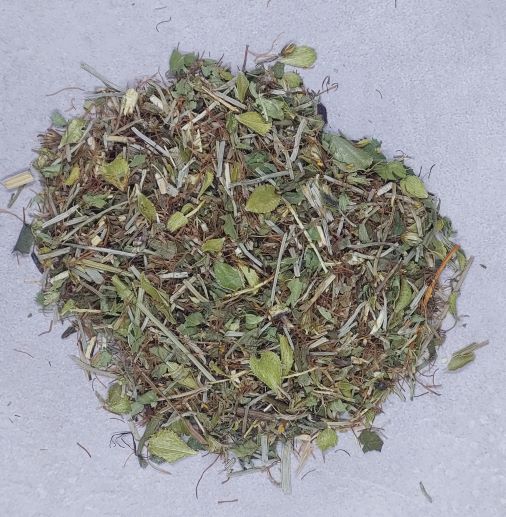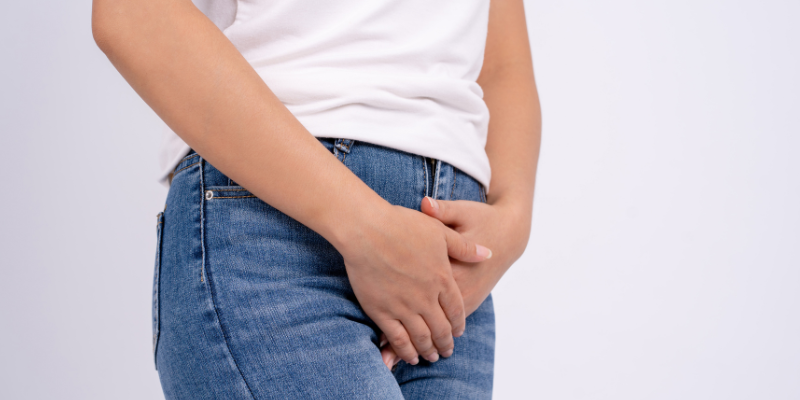Interstitial cystitis (IC) affects thousands of women and men who struggle with the frequent and urgent need to urinate. While it presents with similar symptoms as a urinary tract infection, it isn’t an infection, but a chronic condition that can have a debilitating impact on everyday life.
What is Interstitial cystitis?
Interstitial cystitis (IC) – also known as painful bladder syndrome (PBS) – is a chronic condition causing pressure and pain in the bladder and pelvic areas. Unlike cystitis, which is an infection treated with antibiotics, the condition is not caused by bacteria.
The function of a healthy bladder
When full, a healthy bladder will signal to the brain that a trip to the bathroom is needed. This communication happens through the pelvic nerves and gives you the urge to urinate.
Interstitial cystitis – bladder dysfunction
Those with interstitial cystitis, feel the need to urinate more frequently, although the bladder isn’t full and the volume of urine is small.
Women are more likely to be affected by IC than men and usually present between the ages of 20 – 50 years old. This painful syndrome can greatly impact everyday activities and quality of life.
Symptoms of IC
You may experience ‘on-off’ bouts of interstitial cystitis – periods with no symptoms that alternate with periods of flare-ups. Or, you may present with continual symptoms.
Frequent and urgent need to urinate
The need to urinate is far beyond a healthy need to go to the bathroom. Sufferers of interstitial cystitis can urinate up to 50 times in 24 hours.
Constant pain in the suprapubic region
The pain and intensity of IC vary widely and may change with age, but there is usually severe pain in the suprapubic region which is briefly relieved after the bladder empties. Intercourse may be painful and women usually have more intense symptoms during their menstrual period. Men may experience pain in the scrotum.
Burning or stinging sensations when urinating
During urination, there is burning or stinging in the bladder and urethra. Given that someone suffering from IC can visit the bathroom up to 50 times in 24 hours, this burning and stinging discomfort is extremely frequent.
How does IC develop?
Those with interstitial cystitis have a damaged bladder wall. This damage allows tiny particles in the urine to leak into the bladder lining. Once there, they can trigger a range of responses that can cause pain and further damage.
Research speculates that the bladder lining of someone with IC does not repair in the normal way, hence, the cycle of pain continues.
Exactly why IC develops initially is still unknown but various triggers have been proposed:
- Bladder trauma (for example. from pelvic surgery)
- Bladder overdistention (caused by long periods ‘holding on’ when you need to urinate )
- Pelvic floor muscle dysfunction
- Autoimmune disorder
- Cystitis (bacterial infection)
- Inflamed pelvic nerves
- Spinal cord trauma
Relieve pain and discomfort naturally with Interstitial Cystitis Herbal Tea
Although there’s no cure, there are ways to find relief and manage flares of interstitial cystitis to help you get back to enjoying life. Herbal teas are a wonderful way to treat the bladder and urinary tract as drinking herbs which are calming and soothing have direct impact on the areas that these fluids flow. 
These are 5 great herbs to help relieve symptoms of interstitial cystitis:
🌿 Buchu: Another natural diuretic traditionally used to treat inflammatory conditions and urinary tract infections.
🌿 Lemon Verbena: Nurturing and comforting, aids digestion and calms inflammation
🌿 Cornsilk: An excellent anti-inflammatory to soothe the bladder wall.
🌿 Crataeva root: Antioxidant and anti-inflammatory properties support urinary tract health.
How to prepare Interstitial Cystitis Tea
This tea contains a mix of both roots and leaves. After the flavours of the leaves have gone the deep-acting roots are still doing their job! This means you can reuse the same leaves 4-5 times (or until there is no flavour or colour left) to ensure all of the goodness has been extracted.
Remember; our herbal blends are made with only premium quality ingredients. This is important because it allows the leaves to be reused multiple times while still maintaining maximum benefits!
